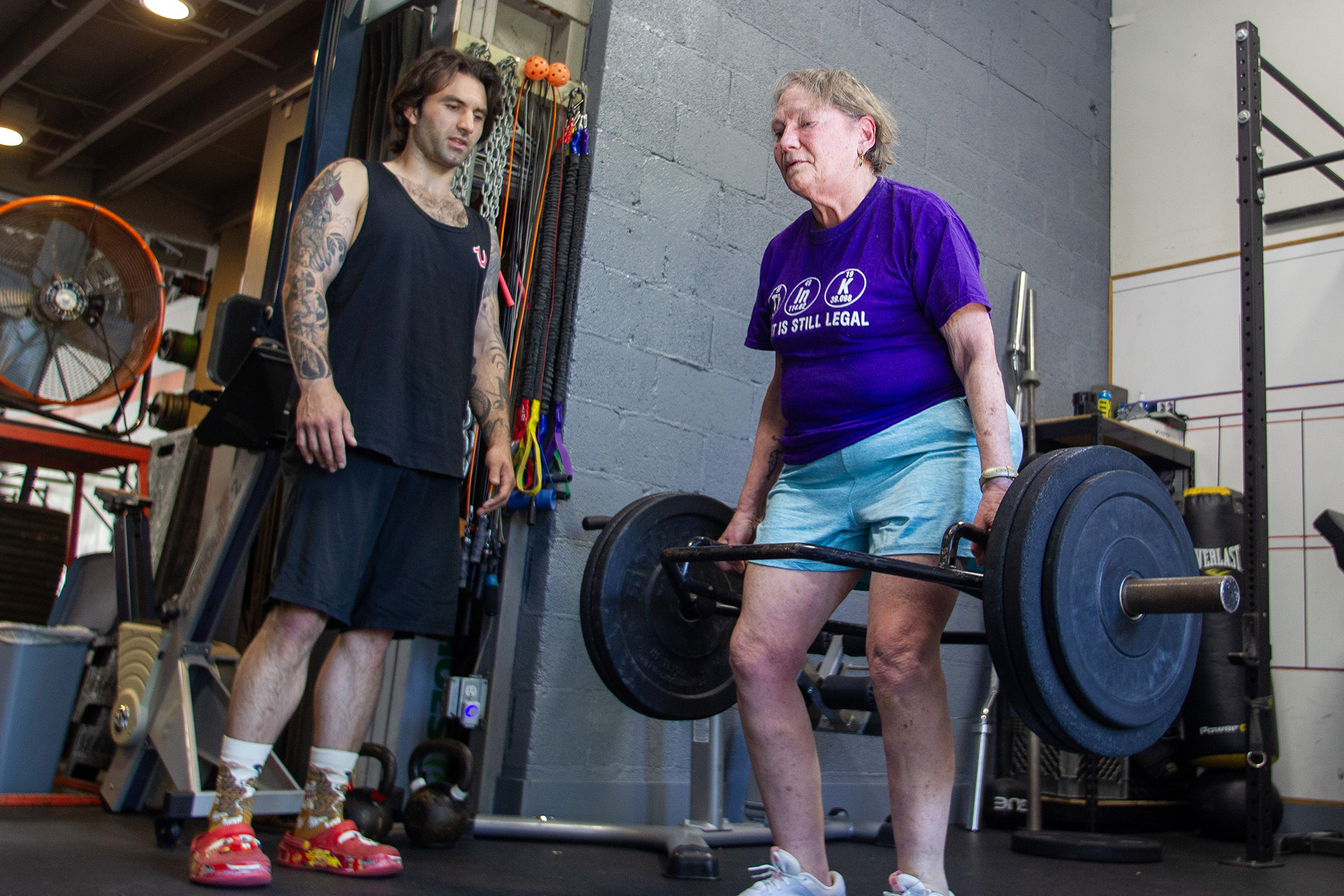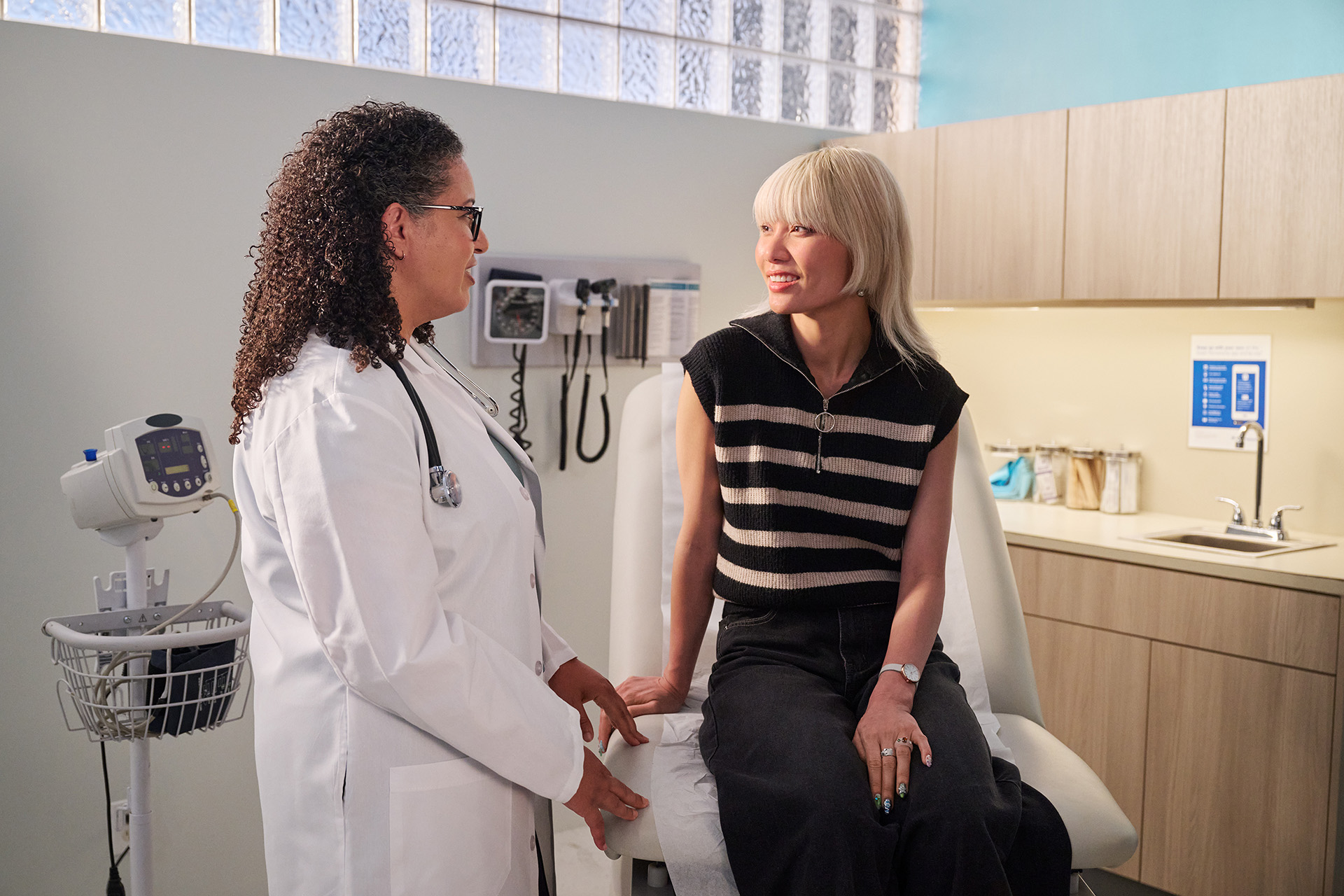Expecting a baby can be a stressful time for many people, but for those suffering from gestational diabetes or high blood pressure, it can be scary. In the U.S., nearly 9% of all pregnant people develop gestational diabetes or high blood pressure, which increases the risk of serious complications for the expecting parent and baby.
By leveraging technology, a new Kaiser Permanente Northern California remote monitoring program makes these patient’s pregnancy experience safer, easier, and more convenient. The program provides pregnant patients with Bluetooth-enabled glucose and/or blood pressure monitors that automatically synch their data to their perinatal health care team.
“We recognize that coming into the doctor’s office isn’t always easy or the preferred way of care for every patient,” said Caryn L Rybczynski, MD, medical director, Northern California Regional Perinatal Service Center. “This program is more efficient and meets patients where they’re at.”
Formerly, members were required to manually record their numbers on a pad and paper, then schedule a weekly call with the Kaiser Permanente Northern California Perinatal Service Center to share them.
Innovating at-home monitoring
With the new remote monitoring program, a patient can now download the Kaiser Permanente app, Health Ally, on their smartphone and use their OneTouch Verio Flex Glucometer or blood pressure monitor to instantly upload their numbers to their electronic medical record.
This enables the patient’s perinatal care team to keep a more consistent eye on them while making their care experience more convenient.
“We recognize that coming into the doctor’s office isn’t always easy or the preferred way of care for every patient. This program is more efficient and meeting patients where they’re at.” – Caryn L. Rybczynski
The Health Ally app also provides long-term mapping of glucose and blood pressure numbers, allowing patients to have a deeper understanding of their long-term health status.
“The program helps patients engage more with their health care by having data instantly at their fingertips,” said Dr. Rybczynski. “Patients want to leverage technology since it’s used in every other facet of their life, and it actually enables the physician to have a more meaningful visit when they do see their patient.”
Improved care experience
There are currently more than 800 Kaiser Permanente Northern California members participating in this new program. It is available to eligible Northern California perinatal patients with chronic hypertension, diabetes, including gestational diabetes, and high blood pressure disorders in pregnancy such as preeclampsia in late 2021.
Perinatal physicians have said the program has received positive patient feedback for saving time, increasing convenience, and encouraging patients to be more engaged with their health care. Kaiser Permanente perinatal staff also now have more time to focus on patients who need more immediate care.
For patients whose glucose or blood pressure numbers are in the high-risk range, an alert is sent to proactively notify patients that additional care might be needed.
“A physician can call their patient to check on their status if they see significantly abnormal home monitoring values in their patient’s chart, rather than waiting for the patient to take action, which could be lifesaving,” said Mara Greenberg, MD, perinatal clinical and research director of the Kaiser Permanente Northern California Regional Perinatal Service Center.
Breaking barriers for underserved women
Hypertension, preeclampsia, and gestational diabetes affect women of color at disproportionately higher rates than white women. Nationally, black women are also 3 times more likely to die from pregnancy-related causes than white women.
Dr. Greenberg said that while patient-impact data is still being collected on this program, she is “optimistic that it will prove beneficial to improving equity in maternal health.”
“The program eliminates barriers to care, for instance transportation or rigid scheduled phone calls,” she said. “It improves our ability to care for our patients even if they can’t get to us or call us, which will improve clinical outcomes for these conditions.”




